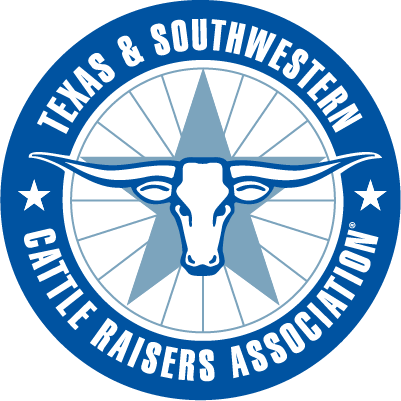Paul Beck, Oklahoma State University State Extension Beef Nutrition Specialist
Cotton gin trash is often used to replace hay fed to pregnant beef cows during the winter or as a roughage in growing and finishing cattle diets. Ginning each bale of cotton produces 150 to 200 pounds of gin trash. The gin trash consists of leaves, soil, stems, boles, burrs, lint, and cottonseed and averages 12% crude protein and 43% total digestible nutrients, which makes it adequate in protein but deficient in energy for a dry pregnant cow. Research has shown cows can maintain weight and body condition with as little as 3 pounds of grain-based supplement per day. Gin trash can contain large amounts of soil contamination and is initially unpalatable to cows, which may take several days for them to adapt and begin consuming gin trash. Because of the variability and unpalatability, intake should be closely monitored and supplemental feeding adjusted accordingly.
Large amounts of residue are left on the plant after cotton harvest. Similar to gin trash, residues include cotton lint, leaves, burrs, and unopened bolls. Cotton pickers tend to leave more residue than cotton strippers. This is an underutilized source of winter feed for dry pregnant spring-calving cows. Research in Georgia showed that dry pregnant cows can be maintained on cotton stalk residue instead of bermudagrass hay with only a slight reduction in body condition. In this research, an acre of cotton stalk residue lasted 44 days when stocked at 1 cow per acre. Cow consumed about 37 pounds of residue a day. In another study from Georgia, cows grazed cotton stalk residue along with free-choice hay. Cows were stocked at 1 cow per acre for 30-days. Total hay fed was decreased by 67% for cows grazing cotton stalks without altering weight gain or body condition scores. Analysis of the residue selectively grazed by cows showed the edible portion of the residue (the leaves, bolls, lint, and seed) were over 20% crude protein and 62% total digestible nutrients and comprised 30 to 50% of the total standing residue. Cows in this research had no adverse effects of gossypol toxicity and pesticide residues were below threshold levels.
The amount of residue varies greatly among cotton fields and in years with differing yield potential. To estimate the residue yield and the carrying capacity of the cotton field:
- Find 2 to 3 representative areas in the field.
- Cut each stalk in a row for a distance of 9 feet and weight the residue collected.
- Calculate the area harvested.
- For example, with 36-inch rows: area = 9 ft harvested x 3 ft rows = 27 square feet
- Calculate the residue harvested per square foot.
- If 3 pounds of residue was harvested: 3 pounds of residue/27 square feet = 0.11 pounds of residue per square foot.
- Residue per acre is calculated by multiplying the residue per square foot x the square feet in an acre.
- 0.11 pounds of residue per square foot x 43,560 square feet in an acre = 4,792 pounds of residue per acre.
- Assuming there are 30 to 50% edible residues, the amount of edible residue would be between 1,440 and 2,400 pounds per acre.
- This would carry a cow 40 to 50 days.
With hay shortages and substantial areas of failed cotton crops, grazing cotton fields or cotton residue can be a great resource to shorten the hay feeding season and reduce the hay needed to maintain cows through the winter.
Our next Rancher’s Thursday Lunchtime Webinar Series will cover Wintering Cows with Limited Forage, covering this and other topics. Be sure to register for this series at https://dasnr.zoom.us/webinar/register/WN_xPsdKmWASsqlxmtU9cRXBA
